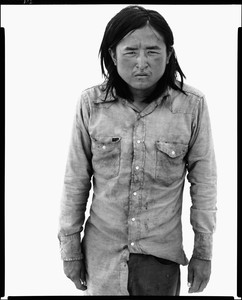
Everywhere Light
Jake Skeets reflects on Richard Avedon’s series In the American West, focusing on the portrait of his uncle, Benson James.
Extended through July 27, 2012
Gagosian Gallery is pleased to present an exhibition of Richard Avedon's legendary photographic murals and related portraits. The exhibition has been drawn from the collection of and developed in collaboration with The Richard Avedon Foundation.
By the late 1960s, Avedon had worked for more than two decades as a professional photographer. His visionary depictions of couture changed fashion in magazines and his commanding portraits of public figures were among the most venerated in the world. Avedon's reportage, which he had made since the late 1940s and which included Italian and New York street scenes, had expanded to address cultural touchstones such as the American Civil Rights Movement and the inhabitants of a Louisiana mental institution.
Against the backdrop of America's social and political transformation, Avedon began to create four photographic murals between 1969 and 1971 which would be unprecedented in scale and pointed in subject. Between 20 to 35 feet wide and comprising up to five panels, the murals revealed a striking new format in which subjects were positioned frontally and aligned against a stark white background. This intensity of characterization and confrontational aspect typifies Avedon's portraits; his subjects exist larger than life, stripped of all artifice by an unflinching eye. His mural groupings featured emblematic figures: Andy Warhol with the players and stars of The Factory; The Chicago Seven, political radicals charged with conspiracy to incite riot at the 1968 Democratic National Convention; the Beat poet Allen Ginsberg and his extended family; and the Mission Council, a group of military and government officials who governed the United States' participation in the Vietnam War.
In his large-scale murals and the smaller, related portraits of the 1960s and 1970s, Avedon sought to depict the spirit of the times. The transgendered Candy Darling and the naked Taylor Mead testify to the provocative countercultural behavior of the Factory; the positioning of characters within the mural suggest a complicated group dynamic. The spirit of political rebellion is embodied by the Chicago Seven mural, as well as the individual photos of writer Jean Genet, Weatherman leader Bernardine Dohrn, and former turf gang-turned-human rights group, the Young Lords. The expanding definition of the American family is represented by the mural of the Ginsbergs, while earlier images of Allen in nude embrace with his partner Peter Orlovsky, were found to be too shocking for most publications in 1963. Finally, the war administrators—the Mission Council—are juxtaposed with victims of the war: Vietnamese survivors of napalm attacks. Powerful and dynamic, Avedon's images became icons of their embattled times that resonate for the present and future.

Jake Skeets reflects on Richard Avedon’s series In the American West, focusing on the portrait of his uncle, Benson James.
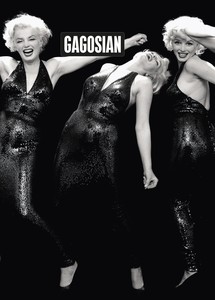
The Summer 2023 issue of Gagosian Quarterly is now available, featuring Richard Avedon’s Marilyn Monroe, actor, New York, May 6, 1957 on its cover.
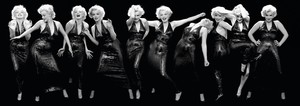
In celebration of the centenary of Richard Avedon’s birth, more than 150 artists, designers, musicians, writers, curators, and representatives of the fashion world were asked to select a photograph by Avedon for an exhibition at Gagosian, New York, and to elaborate on the ways in which image and artist have affected them. We present a sampling of these images and writings.
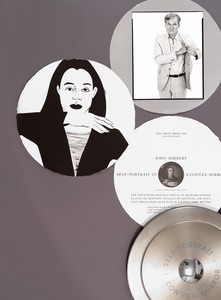
Wyatt Allgeier discusses the 1984 Arion Press edition of John Ashbery’s Self-Portrait in a Convex Mirror, featuring prints by Richard Avedon, Alex Katz, Elaine and Willem de Kooning, and more.
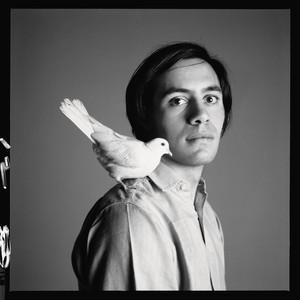
Picasso biographer Sir John Richardson sits down with Claude Picasso to discuss Claude’s photography, his enjoyment of vintage car racing, and the future of scholarship related to his father, Pablo Picasso.